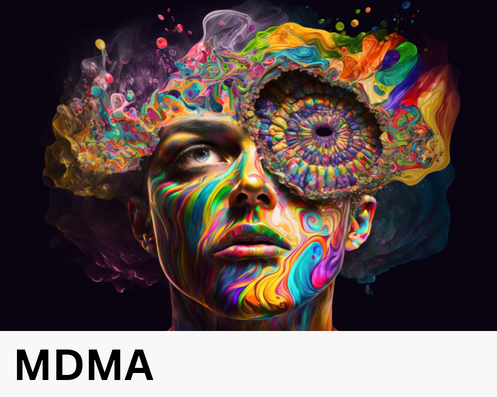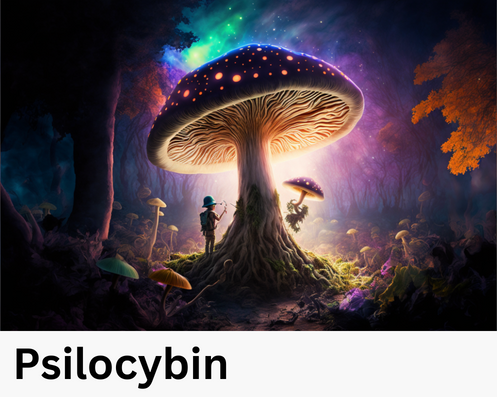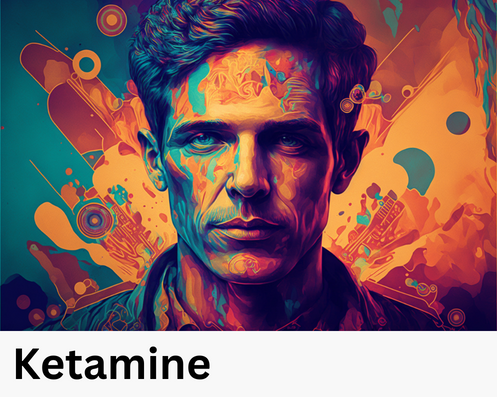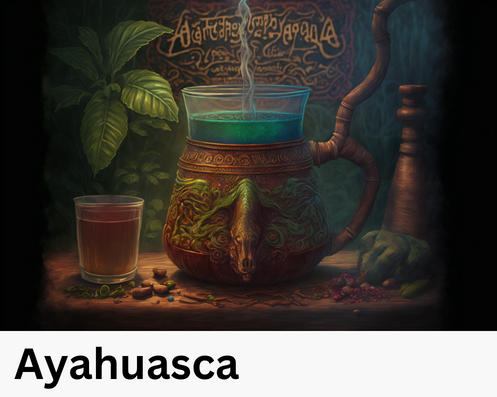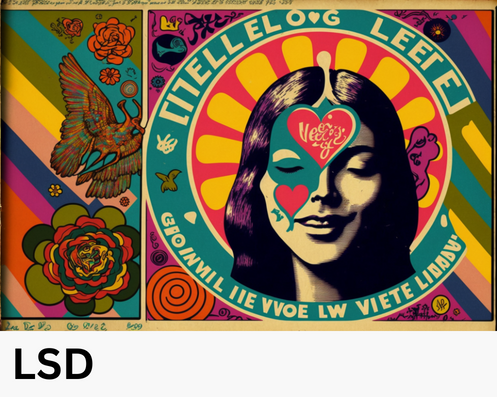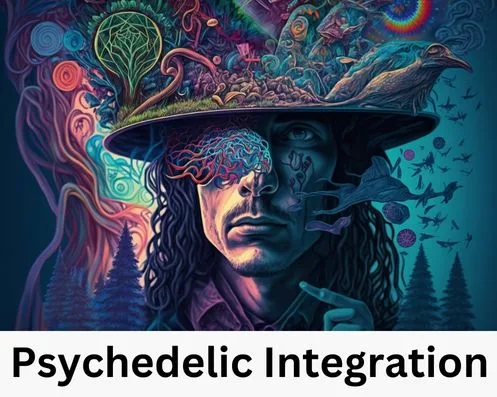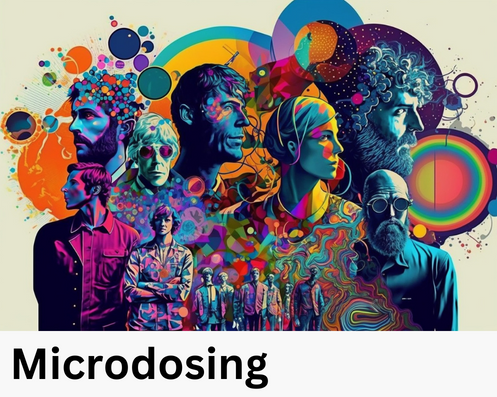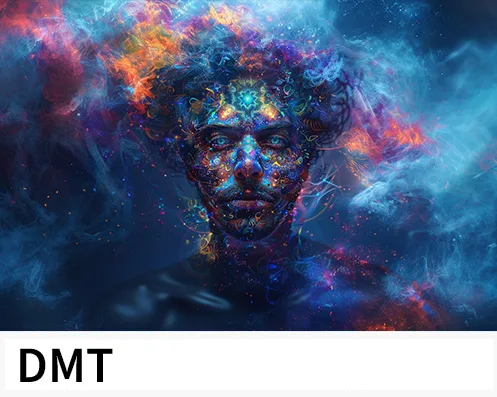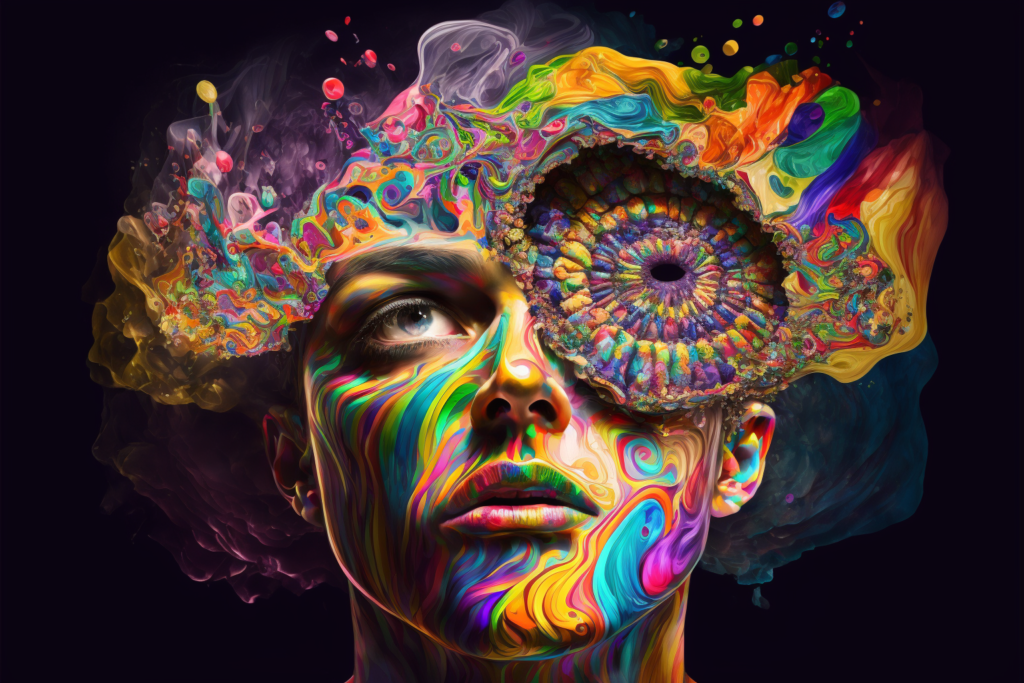
Overview
MDMA, four letters elicit images of intermittent flashes of neon lights in a packed hall, rhythmic pumping of an indiscernible song, and dancers being flooded with warm feelings of happiness as the tablet they just consumed begins to digest. This stereotypical United States Hollywood representation of an MDMA experience, shockingly, does not encapsulate the entirety of the drug’s potential.
A German pharmaceutical company, Merck, synthesized 3,4-methylenedioxymethamphetamine at the turn of the 20th century. More commonly known as Molly or Ecstasy, MDMA is a synthetic drug known for its euphoric and empathogenic effects. It causes the release of serotonin, norepinephrine, and dopamine (also temporarily inhibiting their reuptake). ¹ Although popularized in the club and rave scene after its ban in 1985, the “hug-drug” initially assisted patients of psychotherapy who were managing PTSD.
While this Leo Zeff coined “penicillin for the soul” might not be a panacea for every polyp, it could be a helpful tool for progress with Post Traumatic Stress Disorder (PTSD) and anxiety. Recently, pure crystal MDMA entered into Phase III clinical trials for the treatment of PTSD. The FDA gave it “Breakthrough Therapy” status which means the drug could be part of your psychotherapist’s regimend by 2023. 14,15
History
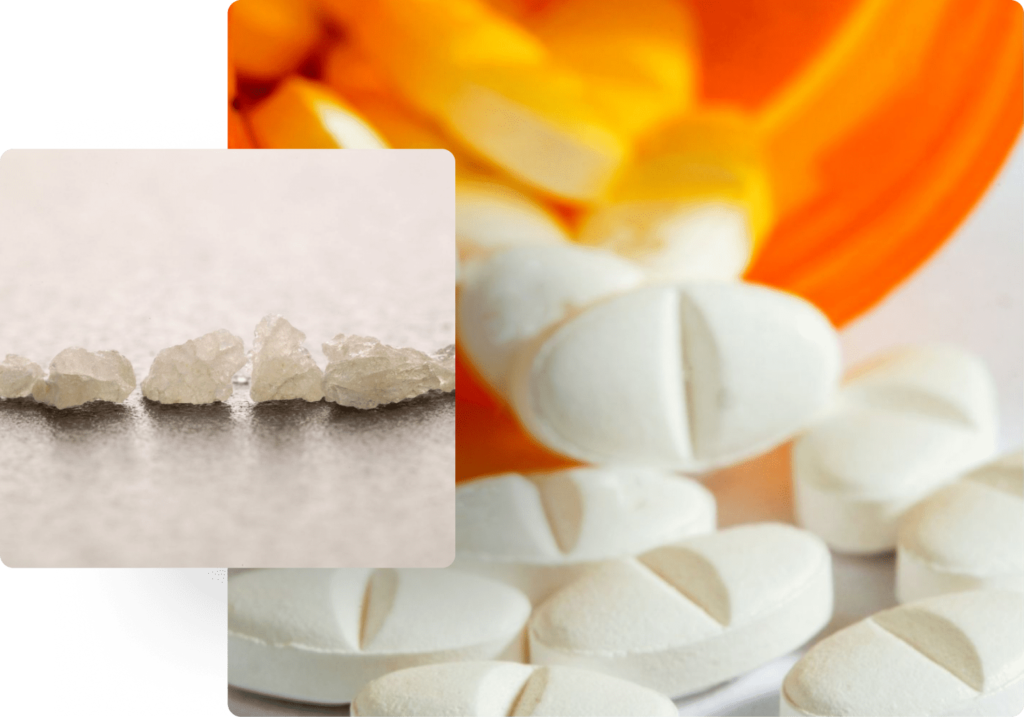
In 1912, just as the Titanic commenced its maiden and final voyage, a pharmaceutical company named Merck synthesized MDMA. Some records indicate that Merck intended to produce an appetite suppressant, but researchers have proved that to be false. 2 As is so often the case, progress profited from competition.
Another pharmaceutical company, Bayer, cornered the vasoconstrictor market with hydrastanin, a styptic for blood clotting. In an attempt to synthesize Bayer’s drug, three scientists at Merck, Dr. Walter Beckh, Dr. Otto Wolfes, and Dr. Anton Kӧllisch, stumbled upon MDMA. Originally under the name “Methylsafrylamin” 2, the doctors filed a patent in 1914 listing the experiment’s byproduct as a chemical intermediate with the note “for products of potential pharmaceutical value”. 2
In 1927, Merck garnered an interest in “adrenaline-like substances on the basis of safrole,” 2 and Dr. Max Oberlin noticed the structural similarity of MDMA to adrenaline. He began the first proven pharmacological tests with the drug. Due to budgetary concerns the experiments were halted, but Oberlin suggested Merck “keep an eye on this field”. 2 With few exceptions, MDMA mostly disappeared until the late 1960s when a Polish-language scientific journal published a recipe. 3
The psychedelics wave had well-crested by the time MDMA resurfaced and the legendary chemist, Alexander Shulgin, was working for Dow chemical developing insecticides. After the company sold one of his creations for commercial use, Shulgin had the freedom to pursue any subject he desired. He began his ecstatic journey working with one of MDMA’s precursors, MDA.
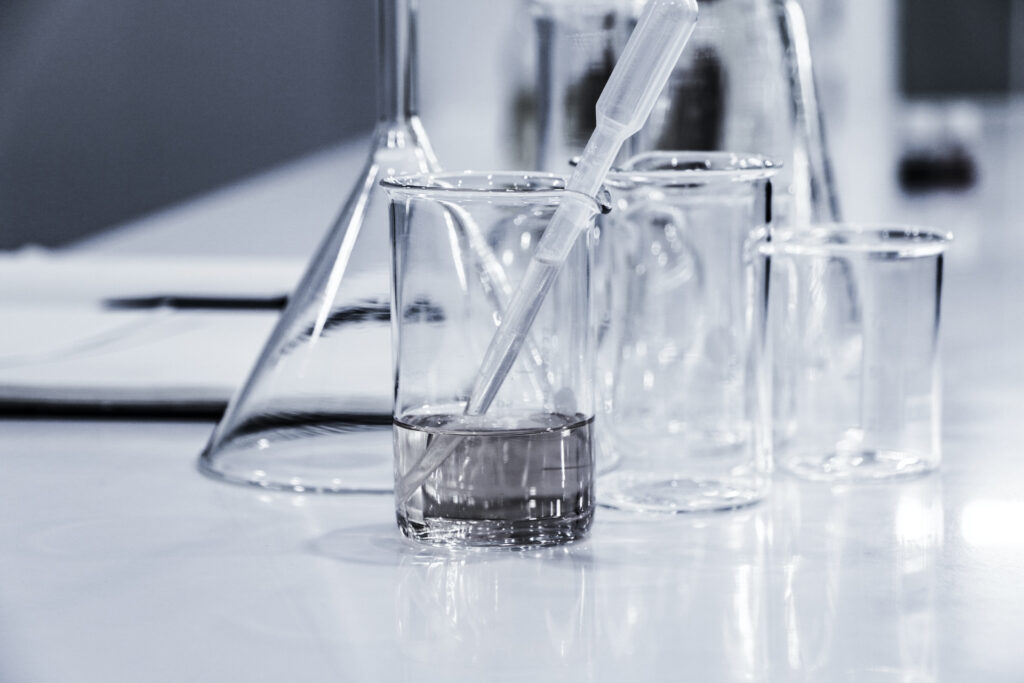
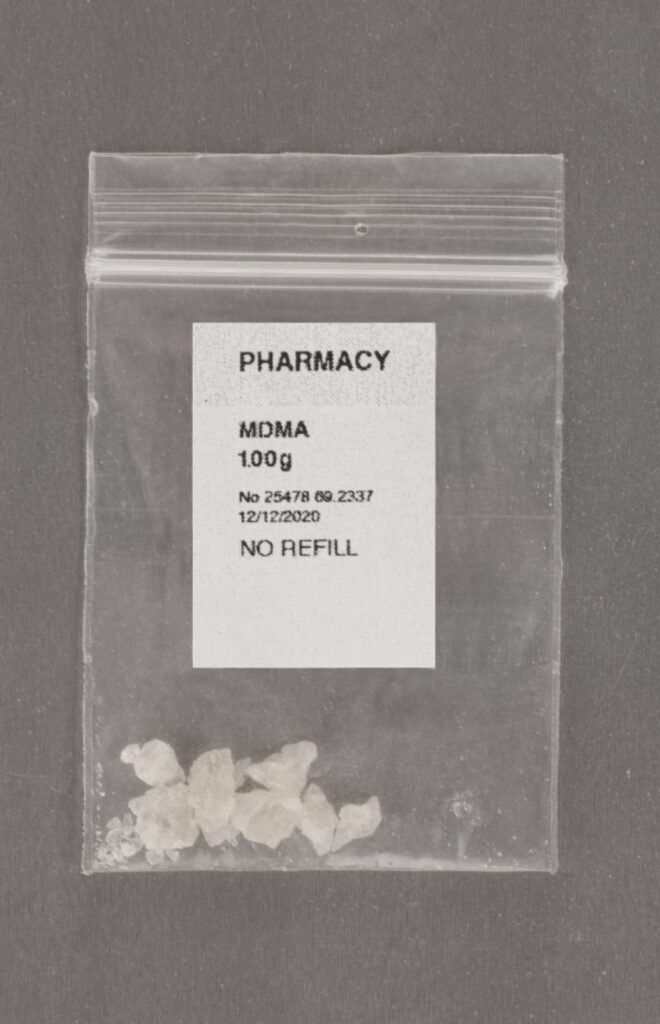
Affectionately known as Sassafras or Sally, MDA originated from safrole oil that is extracted from the sassafras plant. 4 The FDA scheduled this precursor under the Controlled Substance Act in 1970 5; therefore, Shulgin began work to synthesize a substance that was not illicit.
Six years later, Shulgin experimented on himself with the drug he synthesized and introduced it to a few of his friends involved in psychotherapy. With the help of people like Leo Zeff, by 1980, over one thousand private psychotherapists were using MDMA in their private practices. 6
By 1985, as popularity of the drug began to boom, the FDA intervened and categorized it Schedule One, or lacking acceptable safety for use under medical supervision and high potential for abuse. This representation by the FDA, much like that of Hollywood, does not tell the whole story.
Within the last two decades, the psychedelic community has made incredible headway in the area of psychotherapy. Projects such as The Multidisciplinary Association for Psychedelic Studies (MAPS) are providing the studies and resulting data to showcase the power this drug has to help people who struggle with PTSD and anxiety.
Chemistry
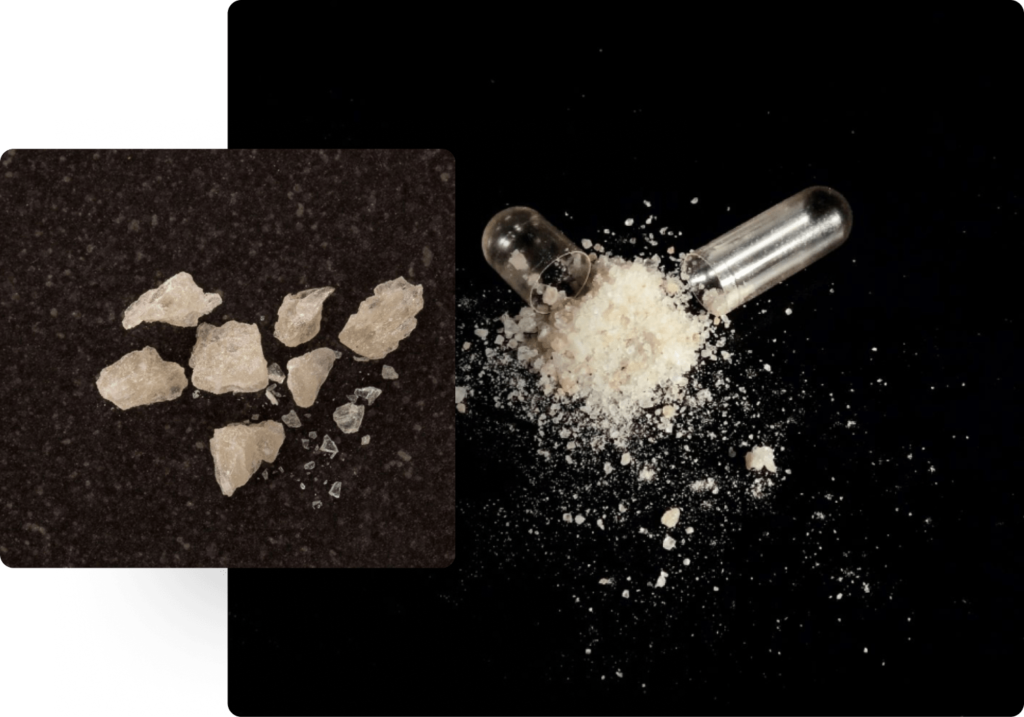
MDMA is a ring-substituted amphetamine derivative, structurally related to mescaline. ⁷ It is a triple monoamine reuptake inhibitor. This sassafras derivative simultaneously inhibits reuptake, promotes carrier mediated release, and extends duration of norepinephrine, dopamine and serotonin in the synaptic cleft. This process encourages dopaminergic, noradrenergic, and serotonergic neurotransmission. ¹³
MDMA follows non-linear pharmacokinetics. In a dose-dependent manner, metabolism in the liver is saturable. N-demethylation metabolizes MDMA to the only active metabolite MDA by several enzymes, including CYP2D6 (>30%), CYP1A2, CYP3A4, CYP2C19, and CYP2B6, followed by COMT. 13 MDA and the parent compound are further O-demethylated to HHA and HHMA. Both HHA and HHMA are subsequently O-methylated mainly to HMA and HMMA. 13 As conjugated glucuronide or sulfate metabolites, these four metabolites are excreted in the urine. 13
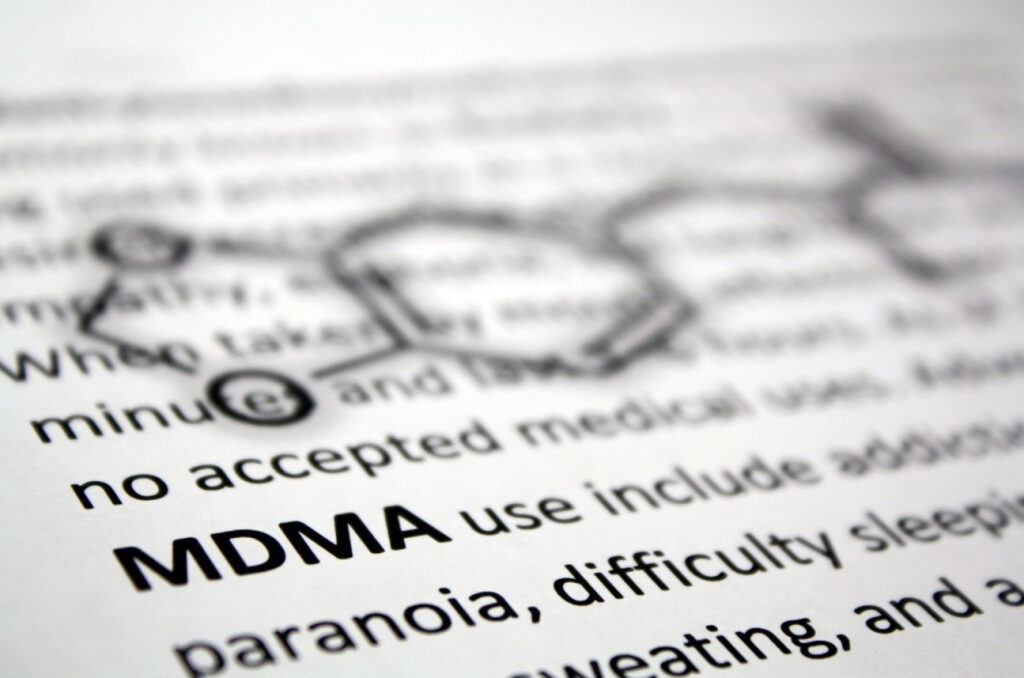
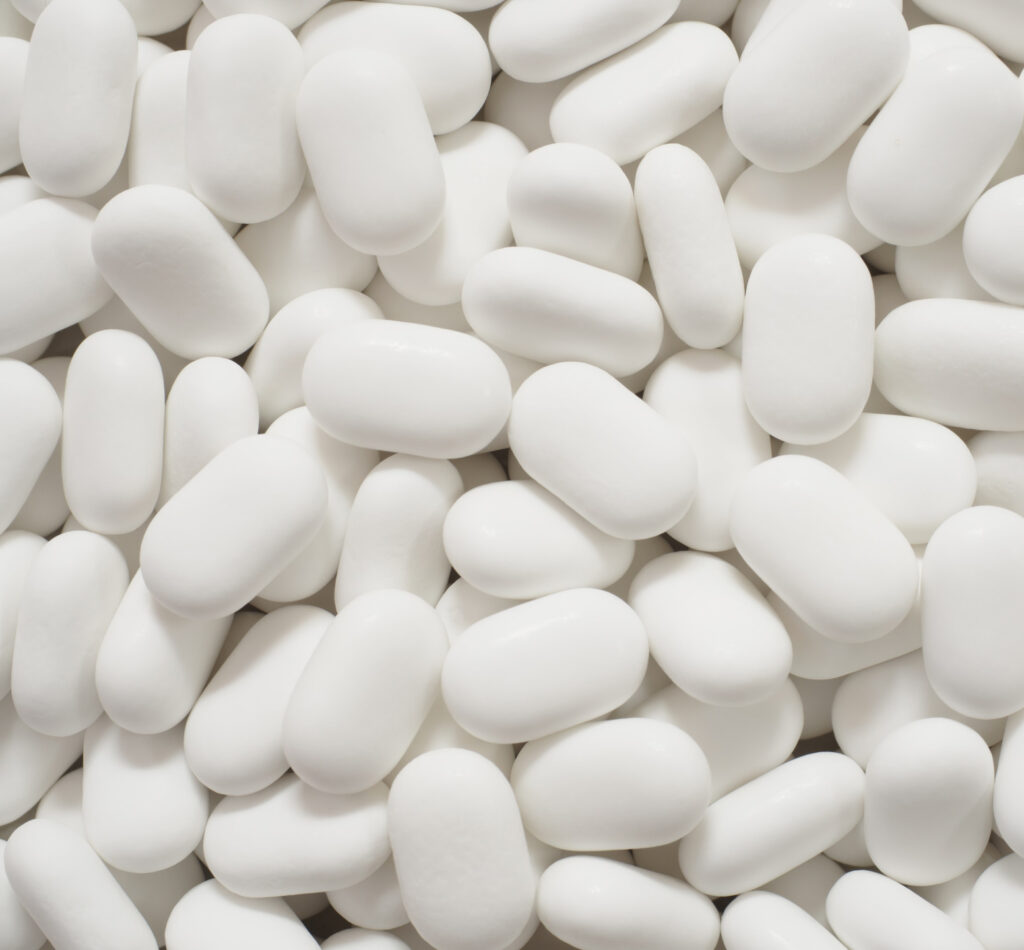
Monoamine reuptake inhibition and release are directly responsible for most of the effects of MDMA. 13 Activation of downstream monoamine receptors and subsequent secretion of neuromodulators oxytocin and arginine vasopressin (AVP) are indirectly responsible. 13 Alterations in several neurohormones are often attributed to MDMA as well. 13
MDMA is a chiral molecule, possessing two enantiomers, S(+)-MDMA and R(-)-MDMA, with S(+)-MDMA being more potent than R(-)-MDMA. The majority of nonclinical studies in humans have used an admixture containing equal amounts of both enantiomers known as racemic MDMA. The current manufacturing process is using achiral methods. This produces racemic MDMA. 13
Its molecular formula is C₁₁H₁₅NO₂. 13
Dosage and Effects
Shulgin kept a detailed account of the doses he used and their subsequent effects in his work Pihkal: A Chemical Love Story. His self-administered doses as well as those issued in the MAPS studies ranged from 80-225mg of MDMA. 8
"I feel absolutely clean inside, and there is nothing but pure euphoria. I have never felt so great or believed this to be possible. The cleanliness, clarity, and marvelous feeling of solid inner strength continued throughout the rest of the day and evening. I am overcome by the profundity of the experience...8 "
Alexander Shulgin
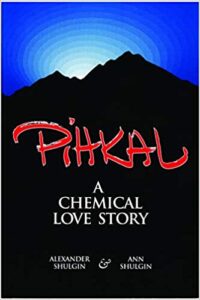
Countless users report experiencing one or all of the following during their sessions 8,11:
- Euphoria
- Positive Mood
- Vigor
- Heightened alertness
- Positively experienced derealization
- Reduction in fear response to traumatic memories
MDMA is most commonly found in tablet form, but may also appear as a white powder or capsule in more rare instances. The effects of MDMA generally occur 30 to 60 minutes after an oral administration with the peak appearing 75 to 120 minutes after ingestion. Effects typically last anywhere from three to six hours. 13
According to a study published in the Journal of Psychopharmacology, MDMA has been administered repeatedly to individuals for research purposes without the occurrence of unexpected drug-related severe adverse events (SAE) . 12 While this may be the case, there will always be the chance for less than ideal reactions and users have reported the following after ingesting MDMA:
- Anxiety
- Dysphoria
- Tension
- Elevated Blood Pressure
- Bruxism (jaw clenching)
- Concern over losing control of the self
As MDMA is still considered an illicit substance, administration of the drug should only be done in a clinical setting under the supervision of a medical professional. Combining MDMA with other medications can be life threatening. Many of these side effects can be mitigated in the proper setting. 13
Health &
Research
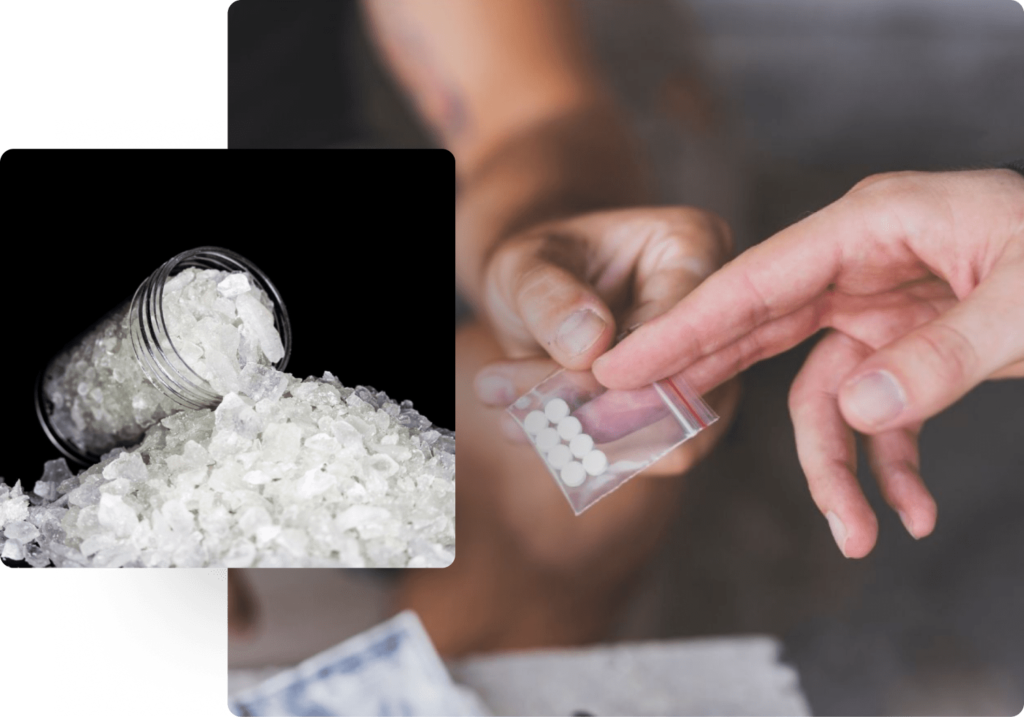
In the early 1980s, as clinical research of the drug was in its infancy, MDMA hit the party scene like an overloaded rush of serotonin. The Drug Enforcement Administration (DEA) watched the drug take over the midwest and Texas. As the presence of the drug increased exponentially in police seizures, so did their desire to ban it. A group of clinical MDMA researchers requested a hearing to debate the DEA’s stance on the subject, but before the hearing could occur they were stopped in their euphoria-laden tracks.
May of 1985 saw the placement of MDMA in an emergency Schedule One category and it has remained there ever since. Research into the drug and its benefits have gone largely by the wayside due to this classification so early in its inception. 9 However, the studies conducted before the ban and in other countries yielded results worthy of note.
The Swiss Medical Society for Psycholytic Therapy held both individual and group therapy with MDMA. An average of eight therapeutic sessions were administered to a pool of over 100 patients with a wide variety of psychiatric diagnoses. This study reported “over 90% of patients described improvements at 19-month follow-up.” 9,10
The U.S. government’s stance on MDMA has lessened in severity only slightly in recent years and want for research is as fervent as ever. With the advent of MAPS, the psychedelic community saw the results of its first controlled study published in 2010. 9
Of the twenty patients with treatment-resistant PTSD who received two or three sessions of MDMA, 83% no longer met the criteria for PTSD at both 2 and 12 months. There were no reports of drug-related serious adverse events or neurocognitive effects. ⁹
MAPS has continued its research over the last decade and eventually moved into Phase II clinical trials. Their efforts combined with the FDA in the United States and European Medicines Agency (EMA) in the EU created a data set large enough to push into Phase III trials as of November 2018. 9
Benefits &
Risks

Benefits of MDMA for PTSD and anxiety typically include three sessions of clinically administered doses of MDMA ranging from 80-125mg per session over a three month span. ¹³ Attenuation of PTSD symptoms have been reported with long lasting effects without need of continued ingestion. MDMA should only be administered by medical professionals in a medical setting. Not only can they assist in the event of adverse side effects, but also they can guarantee purity.
The adverse side effects attributed to MDMA are more often than not due to ingestion occurring outside of a clinical setting where the purity of the drug and the amount being consumed is difficult to quantify. ⁹ The risks, in those settings, increase immensely.
Patients and recreational users have reported side effects of taking MDMA that may put people who have preexisting physical and mental conditions at risk. Increased body temperature, increased blood pressure and heart rate, jaw clenching, poor concentration, impaired balance, reduced appetite, and dissociation have been witnessed in both clinical and non clinical settings. 9 There is also a possibility for neurotoxicity. As MDMA travels in the cells it depletes the stores of tryptophan hydroxylase (TPH), the regulator of serotonin levels. This can lead to oxidative stress damage in the cell terminals, which is a potential cause for MDMA neurotoxicity. 7
Therapeutic Uses
Users of MDMA might have struggled with the stigma attached to the mere utterance of its name in the past, but the results of contemporary studies show it can be a vital tool for psychotherapists. 13 The current focus of clinically administered MDMA has seen positive results by mitigating the symptoms of PTSD. As an empathogen, it promotes compassion and acceptance for oneself and others. Patients report a change in both recognition and response to emotions, as well as an increase in interpersonal closeness. ¹³ This opens a potential for psychotherapists to establish connections with their patients that they may have been unable to establish previously. 9,13

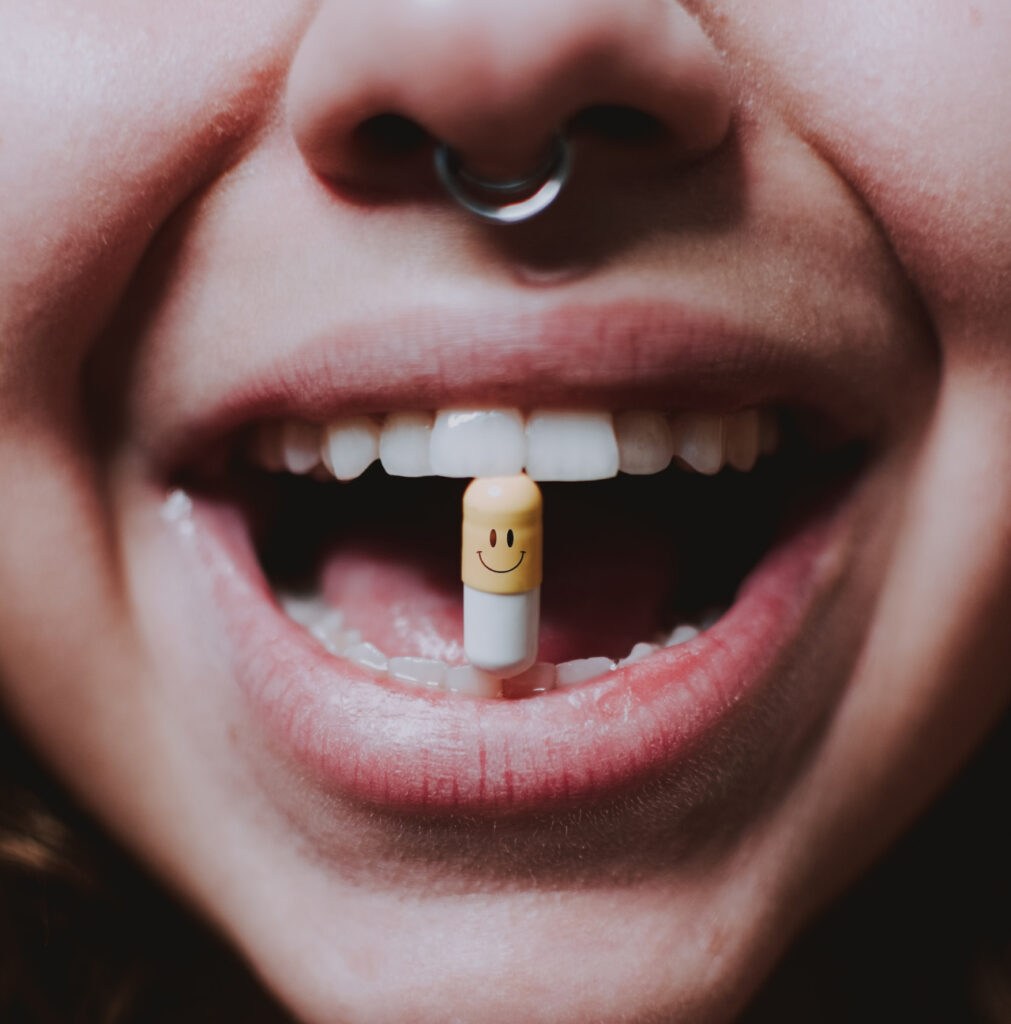
October of 2020 saw the first Phase 3 randomized, double-blind, placebo-controlled MDMA-assisted therapy trial, MAPP1. ¹³ The study showed a significant attenuation of PTSD symptoms from baseline to two months after the blinded dosing sessions when compared to the placebo group. ¹³ In addition, the MAPP1 trial found no increase in SAEs in relation to suicidal behavior, cardiovascular, or abuse potential in the MDMA group compared to the placebo control group. ¹³
Media & Books
Books:
- Pihkal: A Chemical Love Story by Alexander and Ann Shulgin
- Ecstasy: The Complete Guide: A Comprehensive Look at the Risks and Benefits of MDMA by Julie Holland, M.D.
- The Psychedelic Explorer’s Guide: Safe, Therapeutic, and Sacred Journeys by James Fadiman Ph.D.
Legal Status
MDMA is still in the Schedule One category according to the U.S. government and is therefore an illicit substance. Nations around the world hold MDMA in a similar status; as of 2020, the United States and Israel were granted expanded access status for further study. 15
References
1. drugpolicy.org. (2015, July). What is MDMA? Retrieved April 25, 2022, from https://drugpolicy.org/drug-facts/mdma-ecstasy-molly/what-mdma#one
2. Bernschneider-Reif, S., Oxler, F., & Freudenmann, R. W. (2006). The origin of MDMA (“ecstasy”)–separating the facts from the myth. Die Pharmazie, 61(11), 966–972..
3. Ultimate Guide to MDMA. Third Wave. (2022, April 18). Retrieved April 26, 2022, from https://thethirdwave.co/psychedelics/mdma/#historyandstats
4. Inspire Malibu. (2020, September 10). What is the difference between Molly (MDMA) and Sally (MDA Drug)? What is the Difference betwenn Molly(MDMA) and Sally(MDA)? Retrieved April 26, 2022, from https://www.inspiremalibu.com/blog/drug-addiction/what-is-the-difference-between-molly-mdma-sally-mda/
5. Passie, T., & Benzenhöfer, U. (2016). The History of MDMA as an Underground Drug in the United States, 1960-1979. Journal of psychoactive drugs, 48(2), 67–75. https://doi.org/10.1080/02791072.2015.1128580.
6. Pearce, D. (2021, January 1). UTOPIAN PHARMACOLOGY Mental Health in the Third Millennium MDMA and Beyond. MDMA / Ecstasy. Retrieved April 26, 2022, from https://www.mdma.net/ecstasy/
7. National Center for Biotechnology Information (2022). PubChem Compound Summary for CID 1615, 3,4-Methylenedioxymethamphetamine. Retrieved April 26, 2022 from https://pubchem.ncbi.nlm.nih.gov/compound/3_4-Methylenedioxymethamphetamine
8. Shulgin, A. T., & Shulgin, A. (2019). Pihkal: A chemical love story. Transform Press.
9. Sessa, B., Higbed, L., & Nutt, D. (1AD, January 1). A review of 3,4-methylenedioxymethamphetamine (MDMA)-assisted psychotherapy. Frontiers. Retrieved April 26, 2022, from https://www.frontiersin.org/articles/10.3389/fpsyt.2019.00138/full
10. Mitchell, J. M. (2022, February 1). A psychedelic may soon go to the FDA for approval to treat trauma. Scientific American. Retrieved April 26, 2022, from https://www.scientificamerican.com/article/a-psychedelic-may-soon-go-to-the-fda-for-approval-to-treat-trauma/#:~:text=The%20first%20study%20of%20MDMA,mean%20nothing%20without%20research%20funding.
11. Mitchell, J. M., Bogenschutz, M., Lilienstein, A., Harrison, C., Kleiman, S., Parker-Guilbert, K., Ot’alora G., M., Garas, W., Paleos, C., Gorman, I., Nicholas, C., Mithoefer, M., Carlin, S., Poulter, B., Mithoefer, A., Quevedo, S., Wells, G., Klaire, S. S., van der Kolk, B., … Doblin, R. (2021, May 10). MDMA-Assisted therapy for severe PTSD: A randomized, double-blind, placebo-controlled phase 3 study. Nature News. Retrieved April 26, 2022, from https://www.nature.com/articles/s41591-021-01336-3
12. Mithoefer, M. C., Wagner, M. T., Mithoefer, A. T., Jerome, L., Martin, S. F., Yazar-Klosinski, B., Michel, Y., Brewerton, T. D., & Doblin, R. (2013). Durability of improvement in post-traumatic stress disorder symptoms and absence of harmful effects or drug dependency after 3,4-methylenedioxymethamphetamine-assisted psychotherapy: a prospective long-term follow-up study. Journal of psychopharmacology (Oxford, England), 27(1), 28–39. https://doi.org/10.1177/0269881112456611
13. MAPS. MDMA Investigational Brochure. (2017). Available online at: http://www.maps.org/research/mdma/mdma-research-timeline/104-other-mdma-resources/5400-mdma-investigator-s-brochure-and-fda-annual-reportandItemid=485
14. Taylor, P. (2021, May 5). MDMA on track for 2023 approval as PTSD therapy, says developer. Pharmaphorum.Com. Retrieved April 27, 2022, from https://pharmaphorum.com/news/mdma-on-track-for-2023-approval-as-ptsd-therapy-says-developer/
15. Five Things to Know About MDMA-Assisted Psychotherapy for PTSD. (2020, March 5). Physician’s Channel – Mount Sinai New York. Retrieved April 28, 2022, from https://physicians.mountsinai.org/news/five-things-to-know-about-mdma-assisted-psychotherapy-for-ptsd



